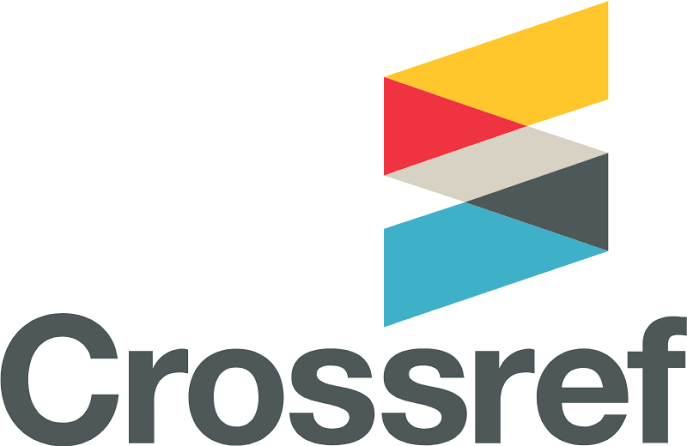UNVEILING THE PHYSIOGNOMIES OF WOMEN’S DICTION IN TEACHING ENGLISH LANGUAGE
DOI:
https://doi.org/10.5281/m.v5i1.50Keywords:
Physiognomies, Feminine Linguistic Features, Gendered Discourse, Teaching English Language, Language Pedagogy, Pragmatic styleAbstract
This article explores the physiognomies of women’s diction in teaching English language, shedding light on the distinctive feminine linguistic features that shape gendered discourse in the classroom. By examining the ways in which women's diction is used in teaching English language, we reveal the power dynamics and social constructs that influence language pedagogy. Our analysis highlights the importance of acknowledging and valuing women's language in teaching English language, promoting gender equality and inclusive learning environments. This study researches the physiognomies of women’s diction in English in terms of sociolinguistics. It embraces phonology, specialized vocabulary, communication, grammar. In phonology, features of the language of women are mainly present in pronunciation, tone, pitch. Vocabulary of women is more enticing, abundant, polite and euphemistic than men. The features of the language of women contain intensifiers and exaggerated adjectives, interjections, nicknames or diminutive and color words. In communication, it contains a pragmatic speech style and communicative strategies, quantity of speech and conversational topics. Women usually use following grammar structures: tag questions, modulation, embedded imperatives and euphemism.
Downloads
Published
How to Cite
Issue
Section
License

This work is licensed under a Creative Commons Attribution-NonCommercial-NoDerivatives 4.0 International License.











